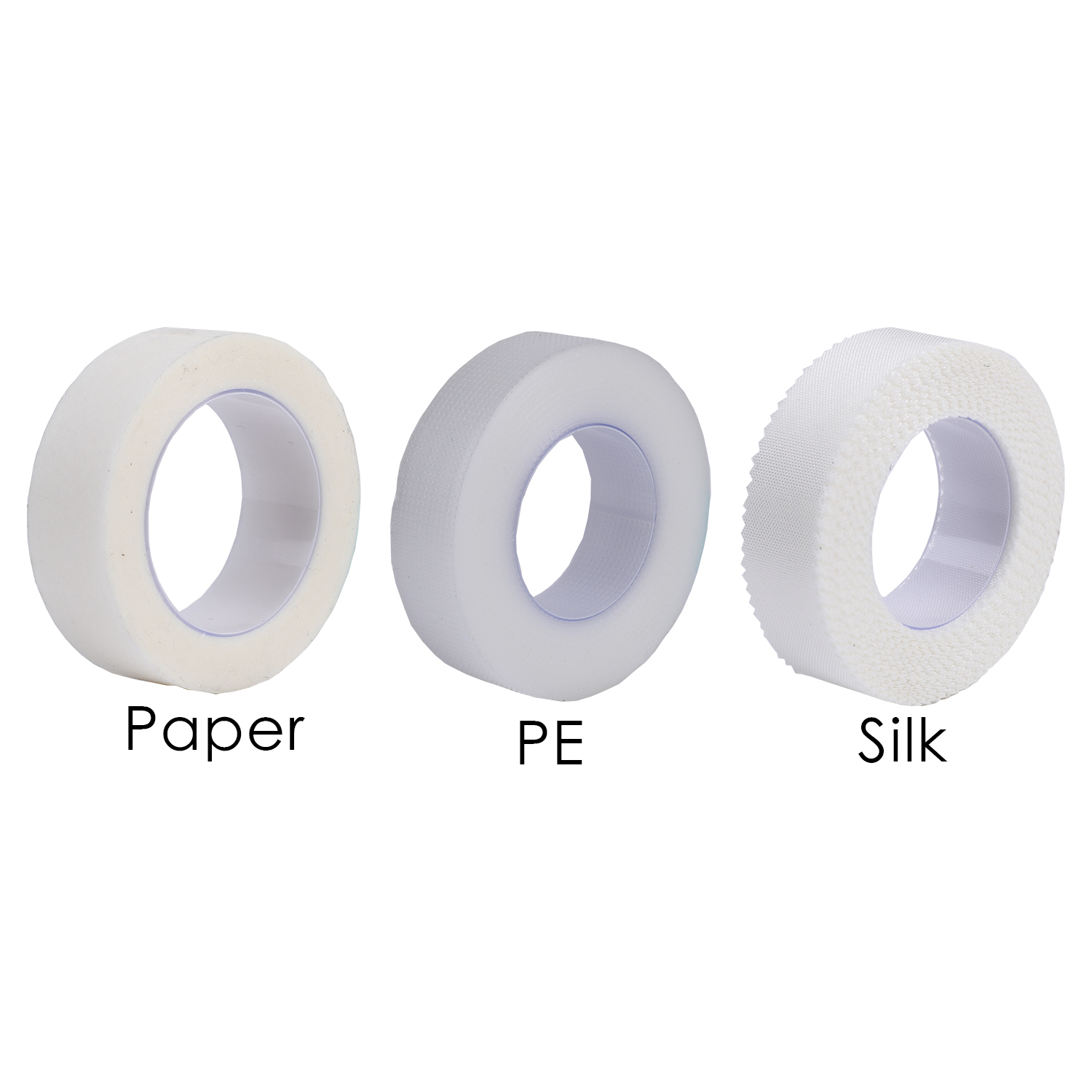Esophageal cancer is the sixth leading cause of cancer death worldwide and a major threat to human life. In China, esophageal cancer is more common and has been listed as the fourth leading cause of death of all malignant tumors. Traditional treatments for esophageal cancer include surgery, radiotherapy, chemotherapy, and combination therapy. As we all know, esophageal cancer is prone to metastasis, and it is difficult to completely eliminate the tumor by surgery. Another strategy for esophageal cancer treatment is chemophotodynamic therapy, whose efficacy is limited by its inability to target the tumor, the lack of a suitable microenvironment for photodynamic therapy (PDT), and the susceptibility to adverse side effects. The scientists attempted to address these limitations of existing therapies and developed a new theranostic nanoplatform, GCDs-Ce6/Pt-EGF, which has been found to be effective in esophageal cancer. The research was recently published in Biomedicine & Pharmacotherapy.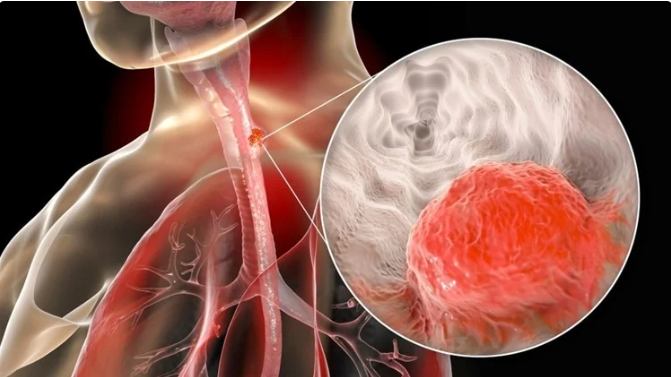
A novel theranostic nanoplatform for esophageal cancer treatment
Recently, scientists developed an all-in-one theranostic nanoplatform for esophageal cancer treatment, termed GCDs-Ce6/Pt-EGF. The nanoplatform utilizes green fluorescent carbon dots (GCDs) with a 1:1 molar ratio of p-aminosalicylic acid and p-aminobenzamide, and is hydrothermally synthesized at 200 °C for 6 h.
The GCDs were characterized using atomic force microscopy (AFM) and transmission electron microscopy (TEM), and the results showed that quasi-spherical GCD nanomaterials with a size of 4.72 nm were uniformly dispersed. The fluorescence quantum yield of GCD is estimated to be 10.62%. Most importantly, this nanoparticle exhibits excellent optical stability.
To construct the GCDs-Ce6/Pt-EGF nanoplatform, the researchers grafted the photosensitizer chlorin e6 (Ce6), the chemotherapeutic agent Pt (IV), and the targeting unit epidermal growth factor (EGF) on GCDs. Here, the drug loading rates for Ce6 and Pt(IV) were estimated to be 8.53% and 19.36%, respectively. The drug loading capacity of the GCDs-Ce6/Pt-EGF nanoplatform was significantly higher than that of other nanoplatforms.
After irradiation at 660 nm wavelength, the photosensitizer Ce6 induces cell death by generating reactive oxygen species (ROS). This phenomenon induces tumor cell apoptosis. Both in vitro and in vivo studies strongly suggest that GCDs-Ce6/Pt-EGF has excellent photodynamic properties for effective application in esophageal tumor imaging and elimination of esophageal cancer cells (therapeutic effect).
The mechanism driving the GCDs-Ce6/Pt-EGF nanoplatform is to target esophageal cancer cells, carry EGFR, and penetrate tumor cells. After tumor cell internalization, Pt(IV) is converted to Pt(II) by intracellular GSH, which ultimately kills tumor cells.
Interestingly, this study showed that GCDs-Ce6/Pt-EGF showed better antitumor effects compared with cisplatin. The researchers say that the nano drugs can not only limit tumor cell migration but also target tumor cells by recognizing the EGF receptor. Other important aspects of this theranostic nanoplatform are the direct cell killing capability of Pt(II) and laser irradiation.
The GCDs-Ce6/Pt-EGF nanoplatform exhibited excellent biosafety because of its negligible cytotoxicity to normal esophageal cells. This may be due to three reasons, namely superior tumor targeting ability to reduce off-target toxicity, toxic platinum release only in GSH-rich tumor microenvironment, and PDT effect of Ce6-induced laser irradiation. Scientists are optimistic that utilizing the all-in-one GCDs-Ce6/Pt-EGF theranostic nanoplatforms may be beneficial for the treatment of esophageal cancer patients.
Reference
Ren, G. et al. (2022) Targeted chemophotodynamic therapy of esophageal cancer via a GSH-sensitive theranostic nanoplatforms. Biomedicine and Drug Therapy, 153. https://www.sciencedirect.com/science/article/pii/S0753332222008952?via%3Dihub

 English
English عربى
عربى Español
Español русский
русский 中文简体
中文简体







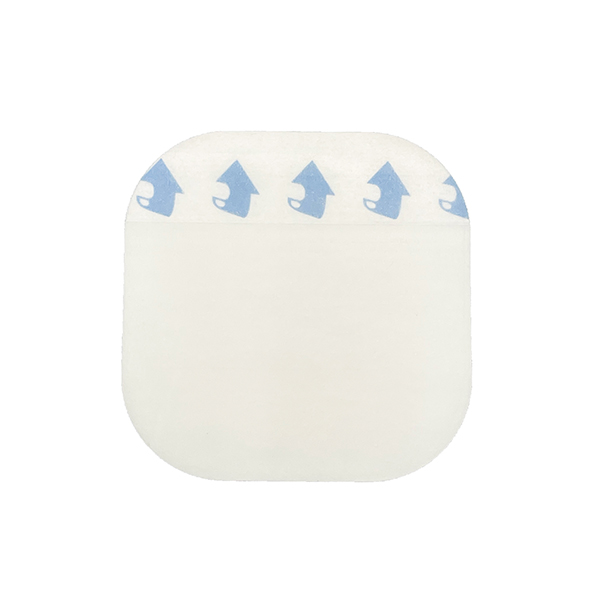


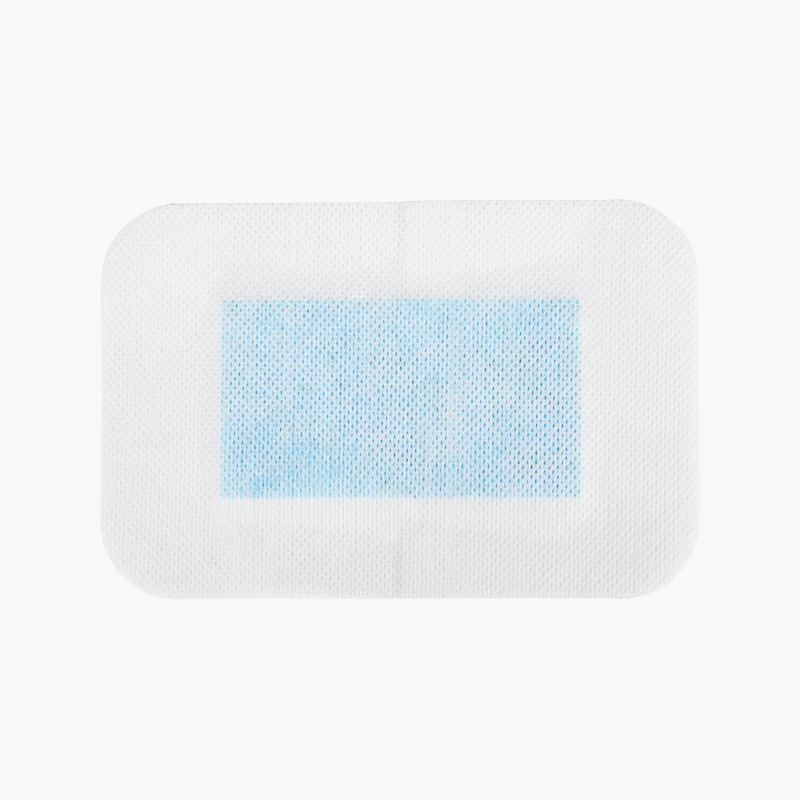
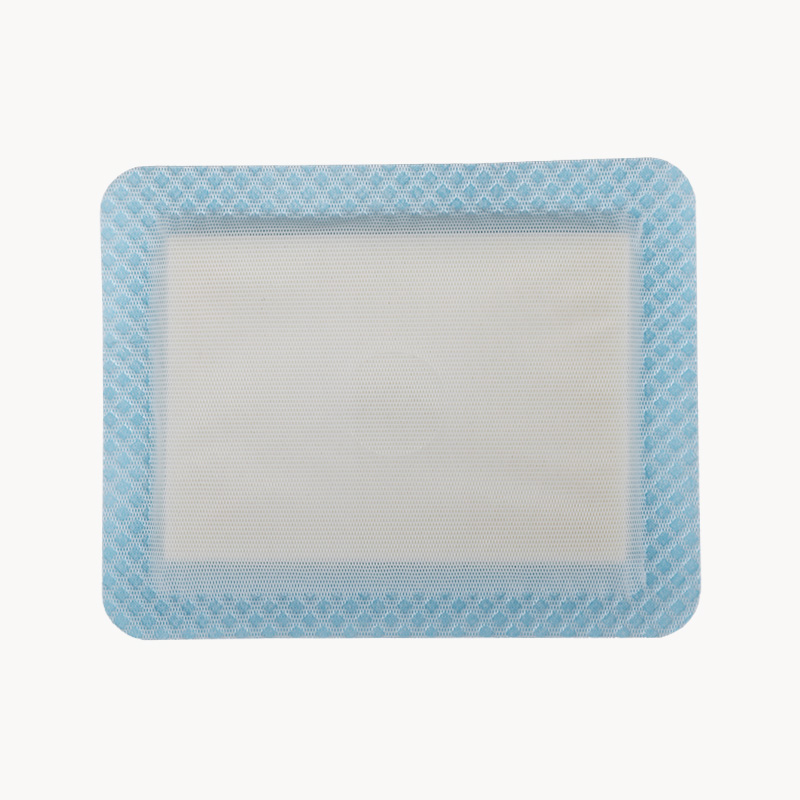
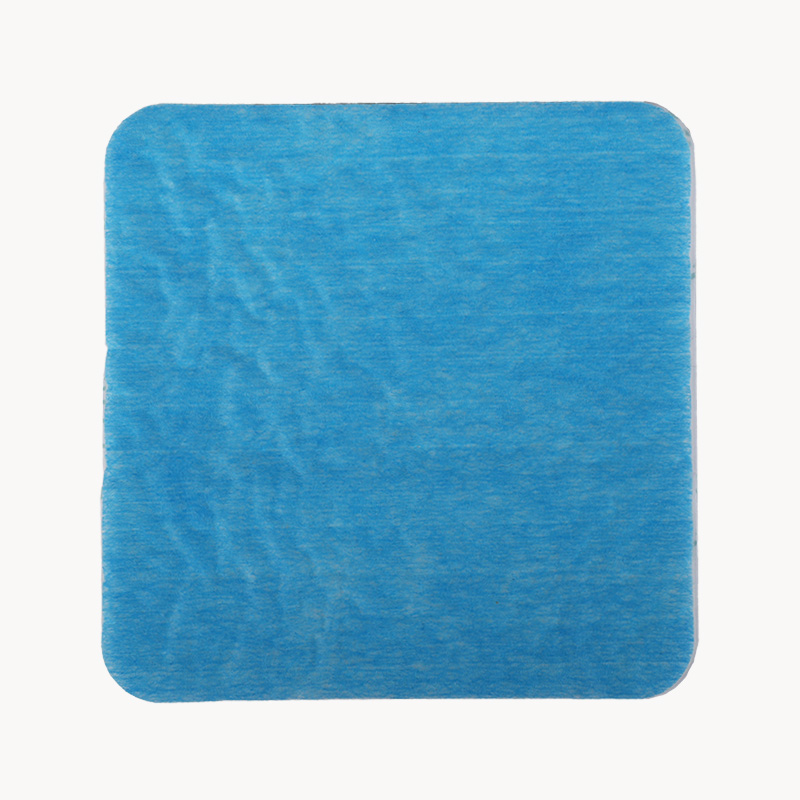

.jpg.png)

